
Visiting the editorial departments, from the editorial secretary area, editors, graphics department to the Digital Content Development Center..., Mr. Ta Duc Minh expressed his impression with the prestige and quality of information that Tuoi Tre newspaper brings to domestic and foreign readers - Photo: HUU HANH
On the afternoon of May 20, during a visit and working session at the Tuoi Tre newspaper office, Mr. Ta Duc Minh - Trade Counselor, Vietnam Trade Office in Japan - shared many notable information about the bilateral trade trends between Vietnam and Japan.
"This year we expect to further promote lychee exports to Japan. Many Japanese businesses have contacted the trade office and are eager to welcome orders. They ask for information such as how ripe the lychees are and when they can be shipped.
We will try to coordinate with the parties to introduce it soon," Mr. Ta Duc Minh shared with Tuoi Tre Online .
Many positive signals
According to Mr. Minh, Japan is an important but also challenging export market, requiring Vietnamese enterprises to not only ensure stable quality but also flexibly change designs and packaging according to consumer tastes.
Bilateral trade between Vietnam and Japan continued to grow positively in the first five months of 2025, thanks to the stable political relationship and trust between the two countries, especially the affection between the two peoples.

Mr. Ta Duc Minh shares information about trade between the two markets - Photo: HUU HANH
Vietnam’s main export groups to Japan, such as agricultural products, seafood, forestry products and wooden products, all recorded positive results in the first months of the year. However, according to Mr. Minh, each group of products has different characteristics, affecting the stability of exports.
"Wooden products are often produced to order, have specific size standards and are less volatile. Meanwhile, agriculture and aquaculture depend a lot on seasonal and weather factors," Mr. Minh analyzed.
He cited the case of lychee, a popular agricultural product in Japan, which faced difficulties last year due to low output and high prices, limiting exports and reducing competitiveness.
However, he expressed hope that the situation will be better this year, as there have been many positive signals from the demand side with many Japanese enterprises proactively contacting the trade office to exchange information and prepare early import plans to serve Japanese consumers.
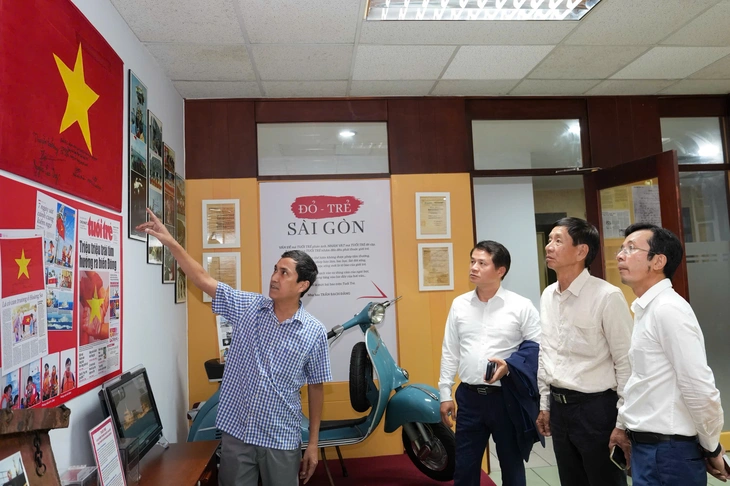
Commercial Counselor, Vietnam Trade Office in Japan visits the Traditional Room of Tuoi Tre Newspaper - Photo: HUU HANH
Not only lychee needs long-term strategy
In addition to lychees, Mr. Minh hopes that Vietnamese grapefruits, not just green-skinned grapefruits, will have more opportunities to expand their market share in Japan. Japanese consumers are fond of tropical fruits with distinctive flavors, such as Cat Chu mangoes, which are now available in Japanese supermarkets.
However, he emphasized that in addition to fresh fruit, Vietnamese businesses need to promote value-added processed products, such as dried and soft-dried mangoes, to meet year-round consumption needs and expand market share further.
In Japan, advanced cold storage technology allows fruit to remain fresh for 6-9 months after harvest. Can this technology be applied in Vietnam, especially in the context of fruits often ripening seasonally?
Although this technology requires high investment costs and is not yet popular in Vietnam, Mr. Minh believes that changing the mindset of people and businesses from seasonal farming to investing in post-harvest logistics is an important factor to go further.
In order to not only serve more than 500,000 Vietnamese people in Japan but also reach a demanding market of more than 120 million people, Mr. Ta Duc Minh recommends that Vietnamese enterprises need to invest more in quality, brand and application of post-harvest technology.
Only when "quality is more refined and technology is stronger", can Vietnamese agricultural products develop sustainably in demanding markets like Japan.
This year’s lychee season is entering its peak harvest. According to the Department of Crop Production and Plant Protection, the total national output is estimated at more than 303,000 tons, an increase of about 30% compared to last year.
Harvest time is divided into two stages: early lychee (May 20 to June 10) and main crop lychee (June 10 to July 25).
Up to now, there have been 469 growing area codes with an area of nearly 19,400 hectares and 55 packaging facility codes licensed for export to markets such as Japan, the US, Australia, etc.
All growing areas and packing facilities have completed registration and are regularly monitored, ready for export in the 2025 crop.
Source: https://tuoitre.vn/nhieu-doanh-nghiep-nhat-hao-huc-nhap-vai-thieu-viet-nam-20250520172436331.htm





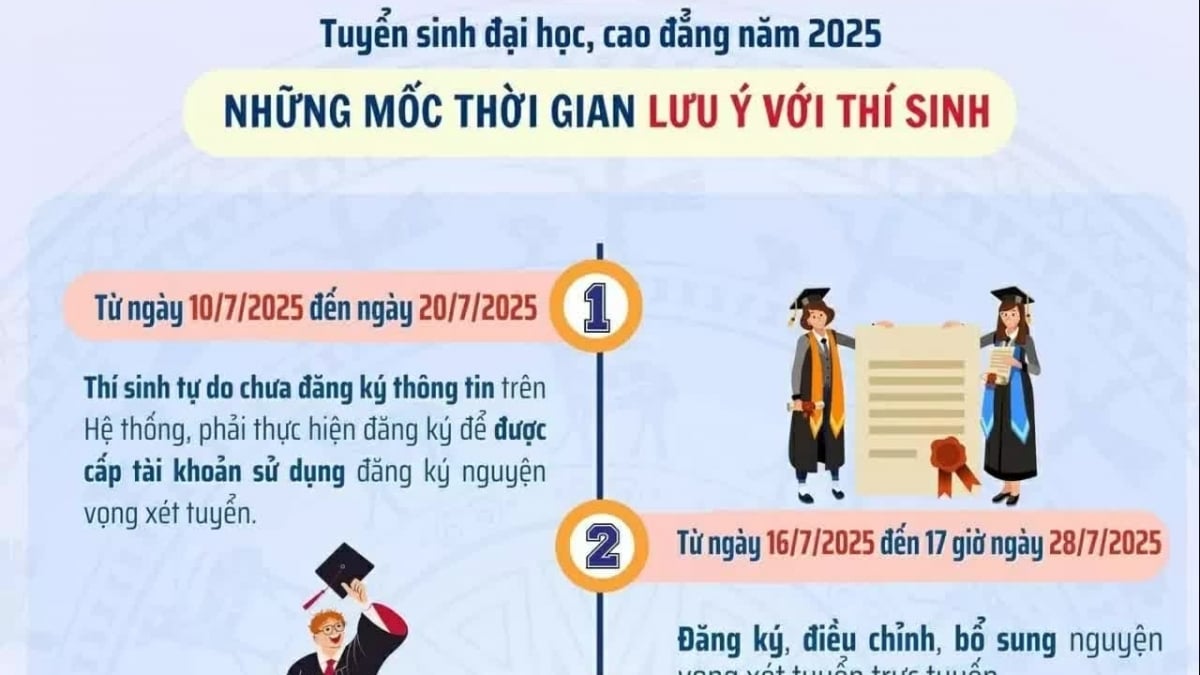




















![[Photo] Discover the "wonder" under the sea of Gia Lai](https://vphoto.vietnam.vn/thumb/1200x675/vietnam/resource/IMAGE/2025/8/6/befd4a58bb1245419e86ebe353525f97)


![[Photo] Nghe An: Provincial Road 543D seriously eroded due to floods](https://vphoto.vietnam.vn/thumb/1200x675/vietnam/resource/IMAGE/2025/8/5/5759d3837c26428799f6d929fa274493)




























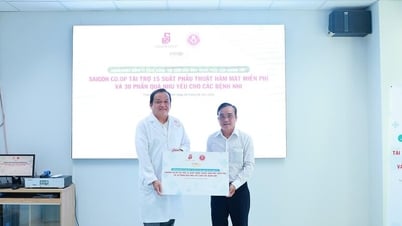











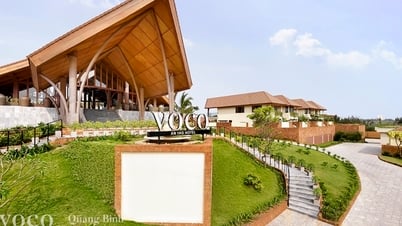

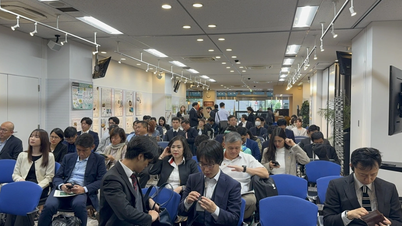
























Comment (0)